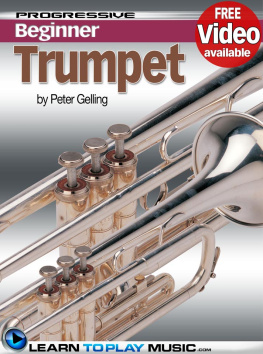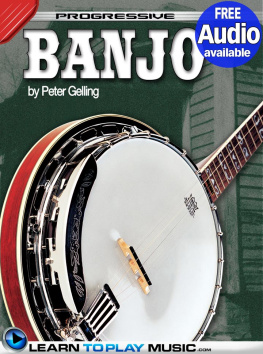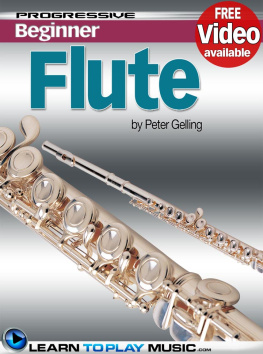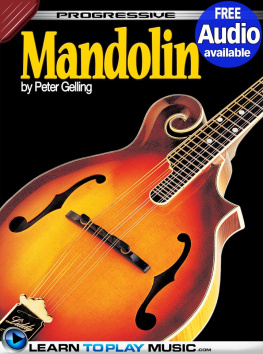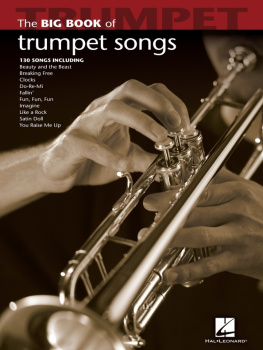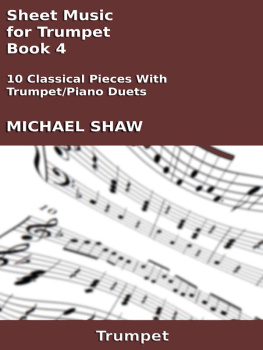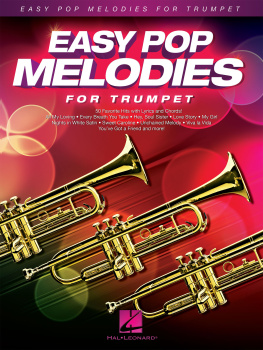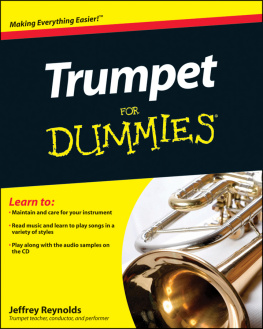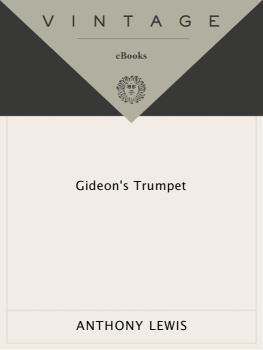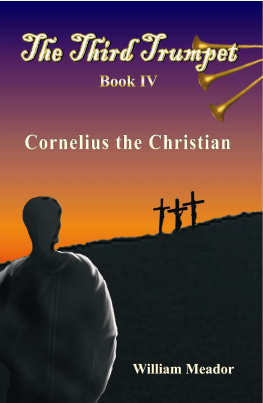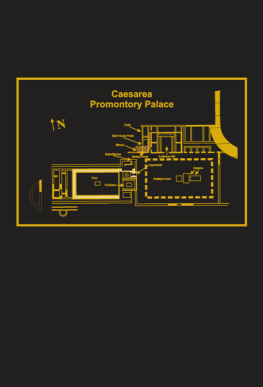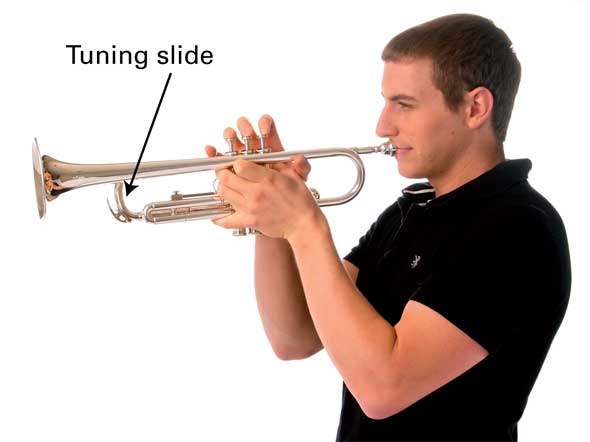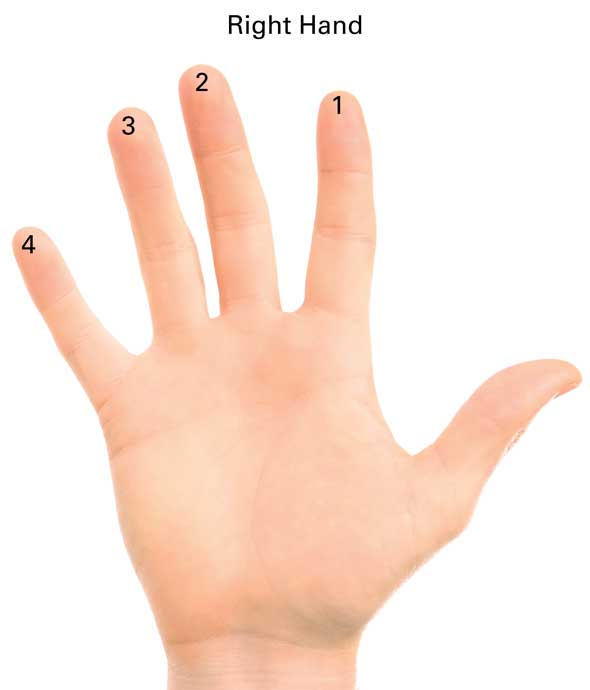Progressive Beginner Trumpet
by LearnToPlayMusic.com and Peter Gelling
Published by LearnToPlayMusic.com
ISBN 978-982-532-074-6
2013 L.T.P. Publishing Pty Ltd
No part of this product can be reproduced in any form without the written consent of the copyright owner.
LTP Learn To Play MusicTM
LearnToPlayMusic.com has a huge selection of music education books, eBooks and apps covering many instruments, genres and playing styles.

Visit our Website:
learntoplaymusic.com

Like us on Facebook:
LearnToPlayMusic

Follow us on Twitter:
LTPMusic

Email us:
Free Video Available
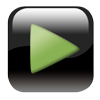
Click or tap here to access the FREE video content for this book.
If you are having trouble with this, copy the following link into any web browser:
signup.learntoplaymusic.com/freemedia
Enter this book code into the form:
69122

This title is also available as a printed book, with CD, DVD and DVD-ROM (where available), and can be purchased through our website:
learntoplaymusic.com
Using This eBook
Our eBooks contain many photos, diagrams and music scores to provide a rich learning experience but this can push the capabilities of some eBook reading devices. To get the most from this eBook, please note:
- For the best reading experience on your device, please refer to our recommended eBook settings webpage: http://ebooks.learntoplaymusic.com/settings.html
- Should you experience difficulties playing the free audio or video content (available for selected titles) please use an alternative device, such as a Windows or Mac personal computer;
- While this eBook can be viewed on smartphones, it has been optimized for the larger screens of the latest tablet devices;
- If you use a black and white eBook reader, you can view it in color on a personal computer (for more information follow the link above).
If you like this eBook, please post a review at the eBook store where you purchased it, telling us what you liked the most. For any questions, comments or suggestions, email us at .
INTRODUCTION
Progressive Beginner Trumpet assumes you have no prior knowledge of music or playing the trumpet or cornet.
This book will show you the basics of playing and reading music. The book is suitable for anyone who wants to learn to play the trumpet or cornet. No previous musical knowledge or experience is necessary. Each new note and technique is introduced separately and all examples sound great and are fun to play. The book also features a chart listing all fingerings for the trumpet. All trumpet and cornet players should know all of the information contained in this book.
After completing this book, you will be ready to begin improvising and playing with other musicians and will already be able to play many tunes and be making great sounds.
The best and fastest way to learn is to use this book in conjunction with:
- Buying sheet music and song books of your favorite recording artists and learning to play their songs. By learning songs, you will begin to build a repertoire and always have something to play in jam sessions.
- Practicing and playing with other musicians. You will be surprised how good a basic drums/bass/guitar/trumpet or drums/bass/keyboard/trumpet combination can sound even when playing easy music.
- Learning by listening to your favorite recordings. Start building a collection of albums of players you admire or wish to emulate. Try playing along with one of them for a short time each day. Most of the great trumpet players have learned a lot of their music this way.
Also in the early stages it is helpful to have the guidance of an experienced teacher. This will also help you keep to a schedule and obtain weekly goals. To help you develop a good sense of time it is recommended that you always practice with a metronome or drum machine.
For more books and recordings by the author, visit: www.petergelling.com
LESSON ONE
How To Hold The Trumpet
The left hand is used to hold the weight of the trumpet or cornet. Place yourthird or fourth finger through the ring on the tuning slide and hold the trumpetwith your left hand.
The right hand is used to operate the valves which create the various notes,and to keep the instrument steady while you are playing it. There is a hookfor your right hand fourth finger.
Fingering Numbers
The first three fingers of the right hand are used to play notes bypressing down the valves. The numbers on the illustration oppositecorrespond to the numbers used in the fingering diagrams throughout thebook.
A black valve on the diagram indicates that it is pressed down with thefinger shown by the number above it. Any valve not colored black is notpressed down. When a valve is not being used, the appropriate finger shouldstill touch the valve lightly ready to press it down when necessary.
The Note C
The note C is played without any of the valves pressed down.
How To Sound A Note
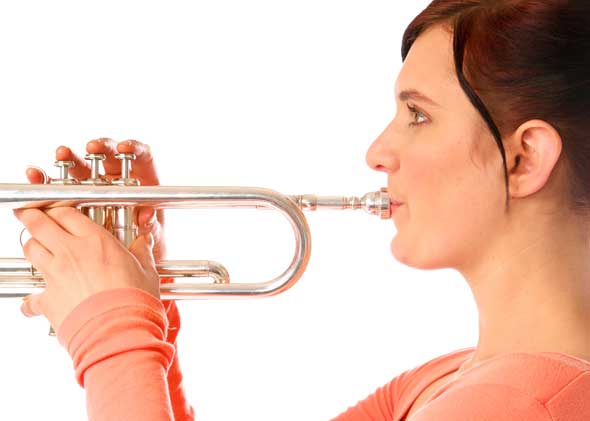
Side view showing lower lip
Close your mouth and blow out through your lips, making a buzzing sound asyou do so. Hold the mouthpiece against your lips so that the center area ofyour lips is against the cup of the mouthpiece.

